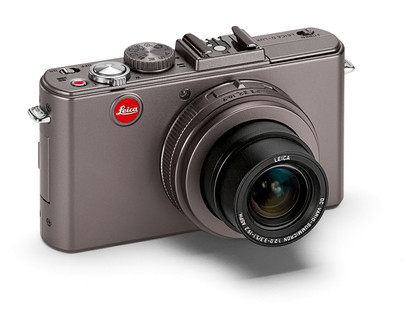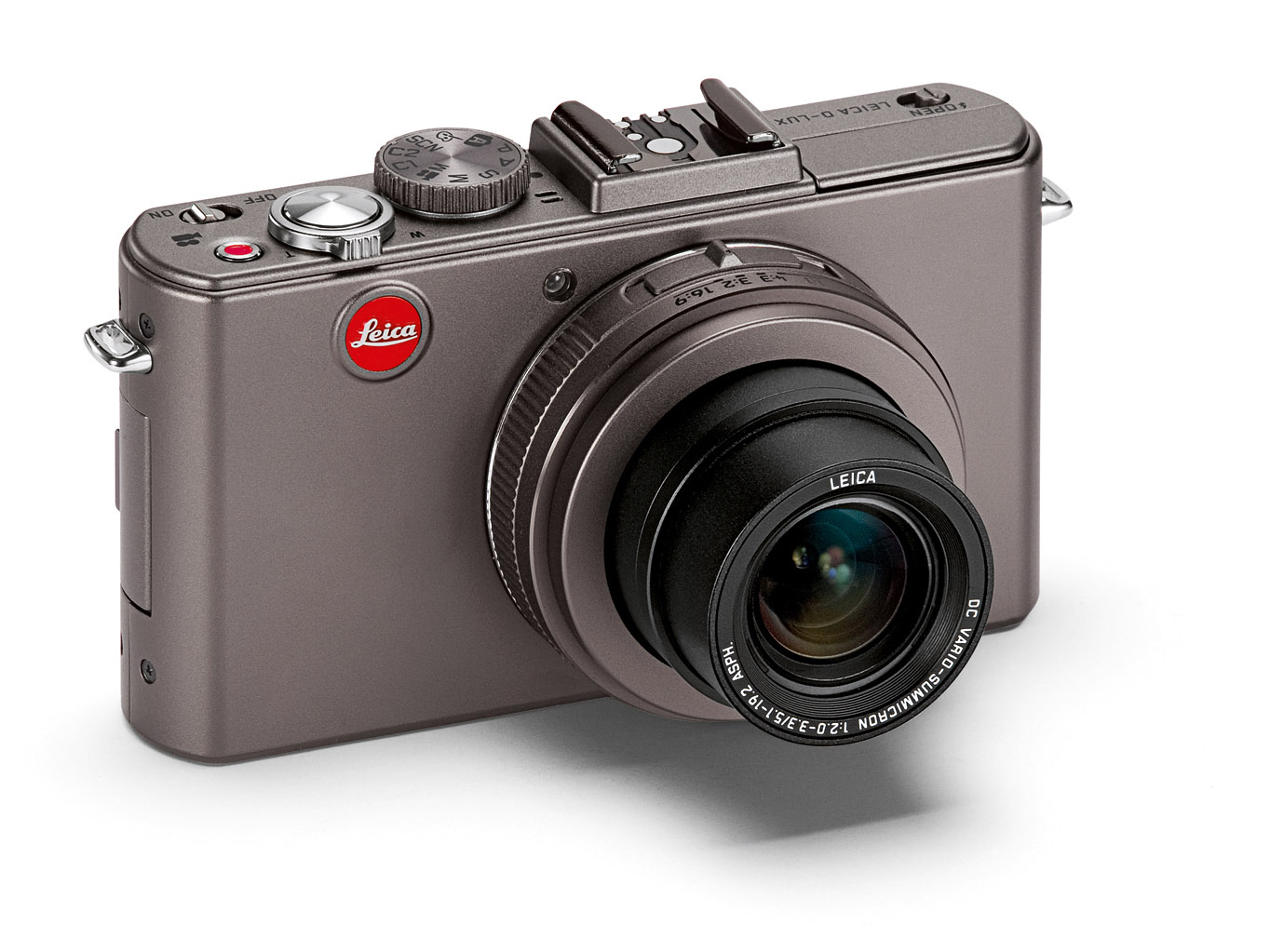Why you can trust TechRadar

The Leica D-Lux 5 Titanium powers up in two seconds. That's not quite as swift as a DSLR, but it is quick to focus and determine exposure in a mere blink of an eye following a half-press of the shutter release button. This control is itself encircled by a lever for operating the zoom, which, when given a nudge, moves through the entire optical focal range in two seconds, sound tracked by a low if unobtrusive buzz.
With the ability to shoot both JPG and raw stills separately or in tandem, the latter combination is committed to memory in an impressively swift 2-3 seconds.
During our test period there were occasional if minor issues in white balance varying slightly from shot to shot among our daylight test images. This was most clearly witnessed on our ISO sequence, photographed indoors with the flash disabled, using a tripod.
Generally colours err on the warm side while remaining naturalistic, although disappointingly familiar point and shoot camera bugbears such as purple pixel fringing between areas of high contrast rear their head in outdoor images.
Tricky exterior scenarios such as a bright background and dark foreground throwing the metering off, so it's better to underexpose in such circumstances to preserve detail.
When the Leica D-Lux 5 Titanium does get it right, it excels. Detail is impressively sharp, although of course again it's not quite a match for a DSLR with dedicated glass.
The Leica D-Lux 5 Titanium puts in one of the best performances we've seen from a pocket camera with a fixed lens that isn't trying outright to merely ape an existing DSLR.
Sign up for breaking news, reviews, opinion, top tech deals, and more.
Full manual control is offered via Program, Aperture priority, Shutter priority and Manual settings on the shooting mode dial. This is backed up by film simulation modes and My Colour modes, including the saturation-boosting Expressive, as bequeathed to the Leica from Panasonic. This ensures that images can be tweaked in-camera as much as you want.
Thankfully, when shooting up to ISO 1600, images are clean and relatively noise-free, with a resolution drop and painterly effect above ISO 3200. The top whack ISO 12800 should only be reached for if it's a choice of that or not getting the shot at all.

When not wrestling wild bears or leaping tall buildings in a single bound, Gavin Stoker can be found editing British Photographic Industry News, the UK's longest running and only photo trade title. He has over 25 years of camera testing and reviewing under his belt.
